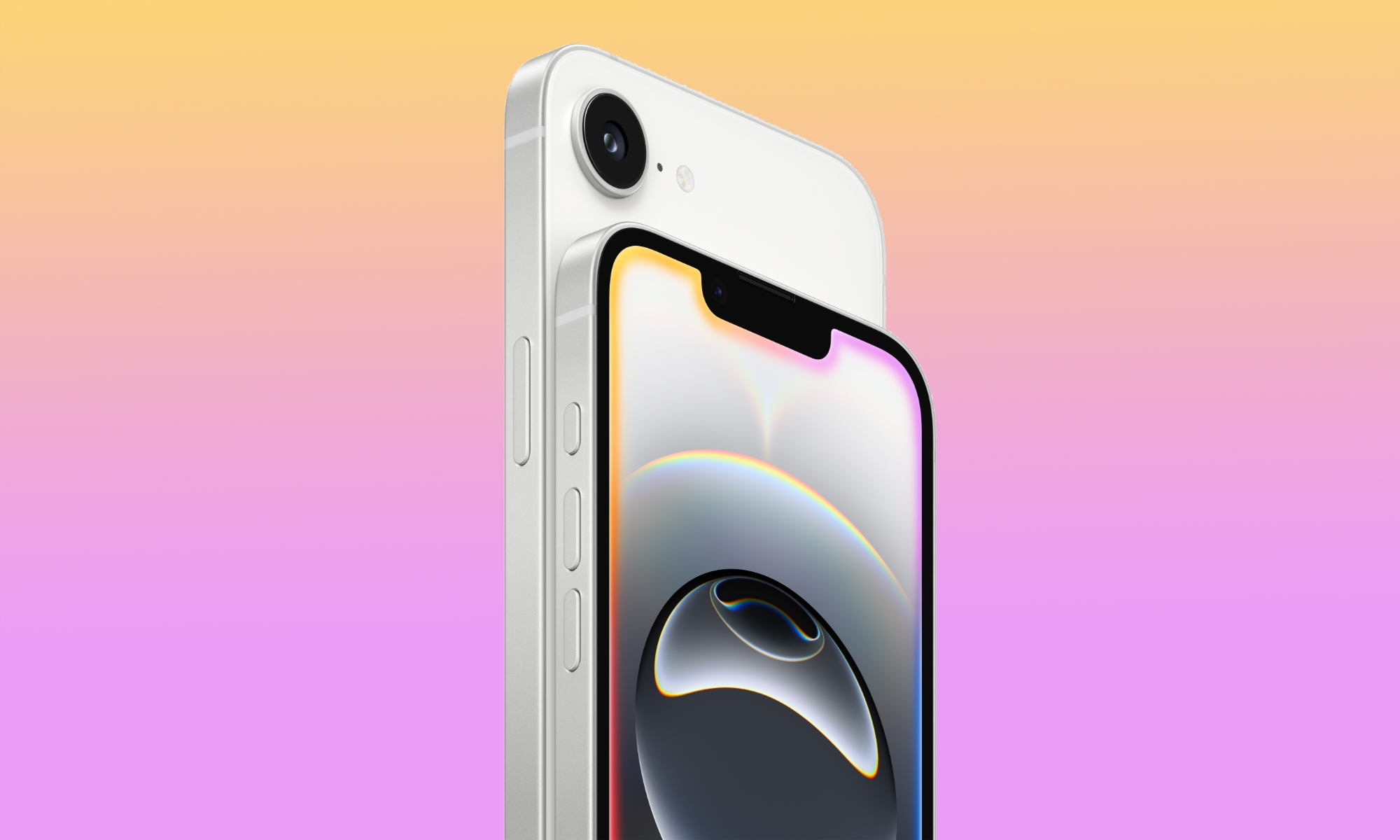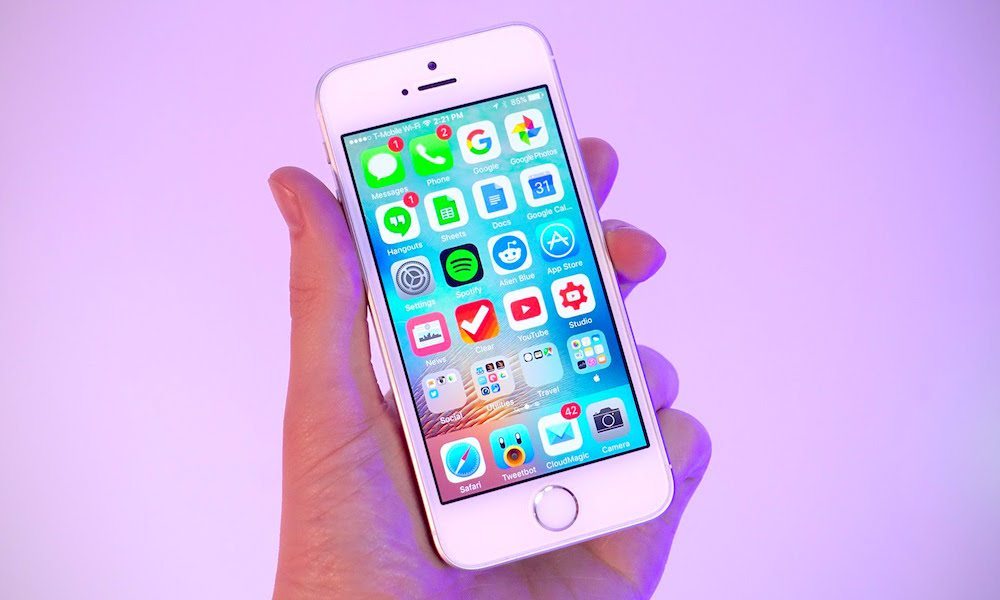Is the iPhone 16E Selling Better than the iPhone SE Did?
 Credit: Apple
Credit: Apple
Toggle Dark Mode
Apple’s latest “budget” iPhone is turning out to be a surprising hit despite significantly raising the price bar for its most affordable model. New sales data reveals that the iPhone 16e outperformed the last iPhone SE during the first few months of its launch in 2022 — but perhaps not by as much as you’d think.
The report, which comes from Consumer Intelligence Research Partners (CIRP), merely says that the iPhone 16e was selling better than the iPhone SE did at this time last year. It shouldn’t be all that surprising that a brand new iPhone with the latest A18 chip and modern specs like OLED and Face ID would sell considerably better than a two-year-old model with a six-year-old design did at this time last year.
Specifically, CIRP reports that the iPhone SE accounted for 5% of overall iPhone sales in March 2024, compared to 14% for the original iPhone 14, which was nearly $300 more expensive. The iPhone 14 Plus came in much weaker, with only 3% of sales, which just offers more evidence of why Apple is abandoning the iPhone Plus lineup, much the same way it did for the iPhone mini previously.
By comparison, the iPhone 16e represented 7% of total iPhone sales in March 2025. That’s a healthy gain, but if anything, it’s surprising the increase wasn’t greater. It also contrasts starkly with the iPhone 15, which still beat it out with 12% of the market despite being priced at $100 more. The report also includes the iPhone SE, iPhone 14, and iPhone 14 Plus, accounting for 11%, despite those being discontinued the month prior. It’s unclear where these sales came from, but they still collectively beat out the iPhone 16e, likely due to deep discounts aimed at clearing out old stock.
Still, the 7% figure isn’t as impressive when you factor in the iPhone 13 sales from March 2024. That model sat in the same $599 price slot that the iPhone 16e now occupies and managed to capture 10% of iPhone sales during that period.
For the most part, sales of the other current models didn’t change much year-over-year. The iPhone 15 lineup accounted for 68% of total sales in March 2024, while the other four iPhone 16 models accounted for 67%. Add in the iPhone 16e, and that number reaches a more impressive 74%, but that’s not an entirely fair comparison.
The fundamental shift was within each of the mainstream families. While the overall sales percentages only changed by a single percent, there was a bigger move toward the standard iPhone model, coming primarily from the iPhone Pro. The iPhone 16 increased its share of iPhone sales by 6%, rising to 20% over the iPhone 15 last year, while the iPhone 16 Pro dropped to 17% after the iPhone 15 Pro had captured 22% of sales the year before.
CIRP’s numbers are also based on unit sales rather than revenue. That’s a fairer comparison, as pricing differences would skew the numbers. However, it also means that the larger percentages of iPhone 16 Pro Max sales are multiplied by the higher price of that model, making those even more valuable to Apple.
Early iPhone SE Models Were Wildly Popular

While CIRP doesn’t make any comparisons from before 2024, we went back and looked at the numbers ourselves. The iPhone 16e did outperform the 2022 iPhone SE during its launch quarter in unit sales, but it wasn’t by nearly as high of a margin as you may think. That’s kind of surprising, as the 2022 iPhone SE was a bit of a lame duck from the start, and early reports pointed to poor sales.
The 2022 iPhone SE was a modestly updated version of its 2020 predecessor. It swapped out the internal chips for an A15 and a 5G modem, compared to the A13 chip and LTE modem of the prior model, but otherwise retained the same design, including the screen and camera specs, which the 2020 iPhone SE had in turn borrowed from the 2017 iPhone 8. It also had a $30 higher price tag, abandoning the more comfortable $399 of the two prior SE models.
There was a fair bit of uncertainty about the sales performance of the 2022 iPhone SE. Data from CIRP and Counterpoint suggested, Apple sold between 1.9 and 2.9 million units in the first quarter, while Digitimes Research was significantly higher, estimating 11 million. However, the consensus was on these lower numbers, which would have represented a 4–6% share of overall iPhone sales at a time when the iPhone 13 lineup was still the most current.

However, previous iPhone SE models fared considerably better. When the original iPhone SE launched in 2016, customers were clearly still longing for the older iPhone 5s form factor and eagerly gobbled it up. It captured 25–30% of overall iPhone sales in the first quarter against the then-current iPhone 6 Plus and iPhone 6s Plus, selling an estimated 10–12 million units.
The 2020 iPhone SE wasn’t quite as well-received, but it still managed to capture 15–20% of overall iPhone sales in the first quarter during the iPhone 11 era.
In other words, Apple had a pair of hits on its hands with its first two iPhone SE models. The third entry was an outlier, but it’s hard to believe that Apple expected it to sell like hotcakes with such a dated design.
Of course, a single month doesn’t tell the whole story, and we have yet to see any analyses of Apple’s iPhone 16e sales for the next quarter. It could be a sleeper hit, and we may see sales pick up over the next few weeks. Still, Apple’s e-series iPhones are very much an experiment at this point.
There’s reportedly a successor in the works for next year, and it’s too early to predict whether these models will turn out to be a success, especially if the iPhone 17e raises the bar. However, it’s also worth keeping in mind that the iPhone mini and iPhone Plus models were canned for similarly lackluster sales.








